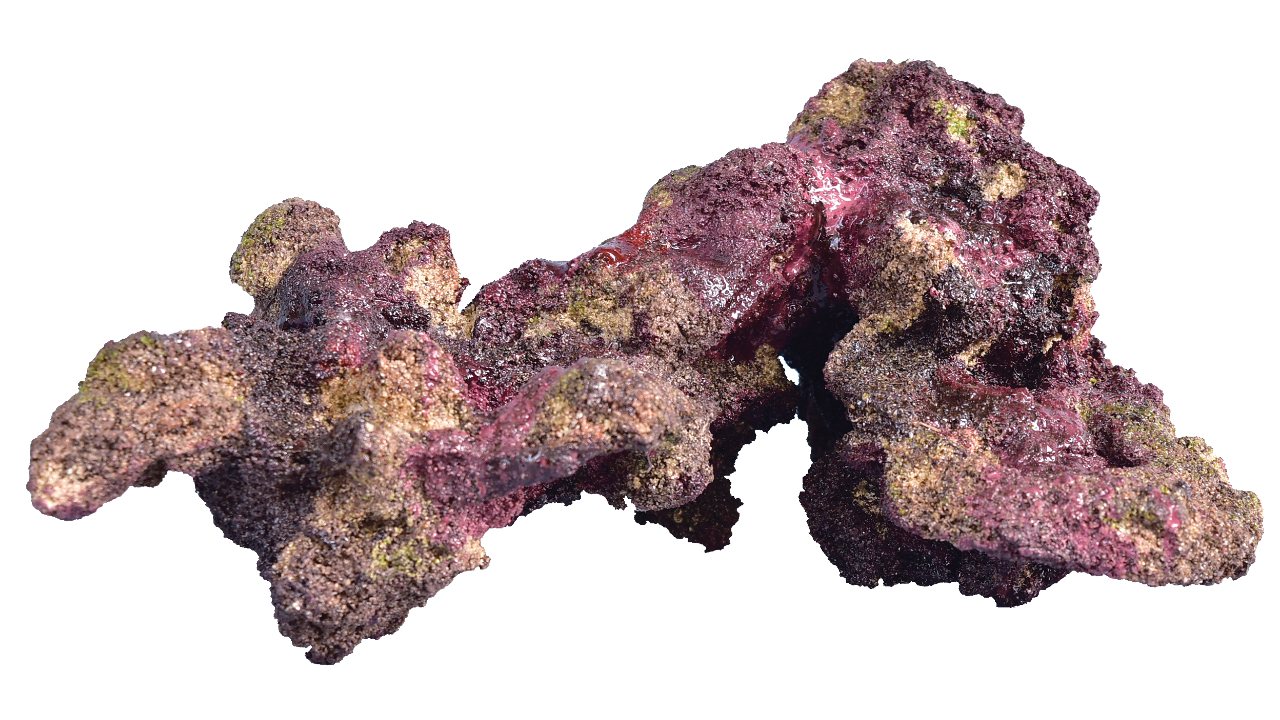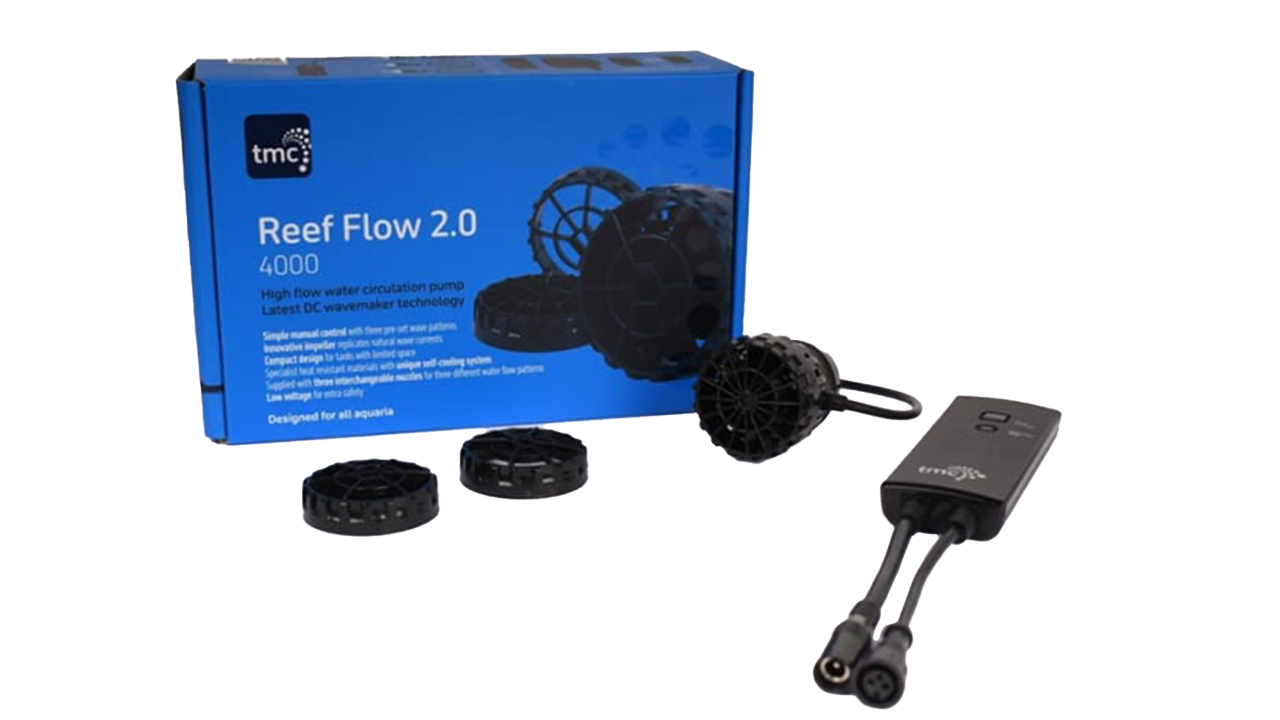The Deep Clean

For anyone who has been around aquariums of any type for very long, you have heard us (and other experts) extol the virtues of regular water changes; we even have an article, purely on this topic on this site. It is true that there are few, if any, things that are better for the long-term health of any aquarium than this one simple maintenance habit. (and yes, it should be a habit). Regularly replacing 10% to 25% of your systems water volume removes oxygen stealing, water staining compounds and replaces them with fresh water full of buffers stabilizing your aquarium water and minerals for all your fish and inverts to utilize. Other than the effort / time this takes and the nominal expense, we see no downside to doing this.
So why do we usually change such a small percentage of the water? The primary answer is stability. If the make up water you put back in the tank has some slight differences, they are diluted by the amount of water you left behind. While you should always shoot to have your make up water match your tank water exactly, tiny differences are hard to measure, and easily absorbed by the water left back. Very little of your aquarium's bio filter is suspended in the water. Because of this interesting tid bit, the door is open to doing a very large water change and thus, today's topic... The Deep Clean.
Why a deep clean? It is most important in aquariums that have a lot of spaces where detritus can build up over time, and in aquariums that utilize substrate. In these aquariums, the buffering capacity of the new water gets chewed up quickly because the detritus overwhelms the size of the water change. In aquariums with aragonite sand (and all your sand should be aragonite), the buffering capacity of the aragonite also gets exhausted in time and can start to leach compounds back into the water column that stain water, and quickly chew up the new buffers coming in with the water change. This further means that the pH of the system becomes less stable over time.
Why not to deep clean? Also, stability. Moving things around in a fish tank can be very stressful for the inhabitants, and cleaning too much can really disrupt an aquarium's biological filtration capability. We're shooting for a happy medium. Getting rid of everything we don't want, while maintaining everything we do want.
We need to get rid of detritus, all of the byproducts of life in an aquarium like uneaten fish food, animal waste and anything else that has built up over time. One of the best ways to do this without disturbing your aquarium over much is to re-direct the flow in the tank to get some water movement into different places than usual. You can always direct the flow back to the original location when you're done with this. Leave your filter system on, and it should suck up most of the crud you just liberated, the rest should settle out in places that are accessible to you when you begin siphoning. If you want to change your aquascaping, this is a great time, but is a much more detailed scope of work.

For easily removed rocks, you can move them around so you can get to all the nooks and crannies that you usually wouldn't be able to siphon out. If certain pieces of décor are really nasty, move them to a bucket of clean, premixed saltwater and shake them out in this. You want to remove detritus, but not kill off beneficial bacteria, coraline algae and micro-critters. Don't scrub them, just rinse them. For rockwork that is glued in places, or is otherwise structural, we recommend leaving it in place for the mental well being of your fish, and for the stability of your environment. Replace any décor you've removed.
If you have a bare bottom tank, with excellent flow, this process is going to be much easier, and this is why we suggest bare bottom tanks for everyone who isn't housing animals that require substrate. If this describes your tank, you're just going to do a massive water change (for instructions on how to do a water change, see our article on it). And that's about it. If your aquarium has decorative algae or corals to trim, frag or move, this is also the time to execute this plan. If you want to scrape coraline algae off the sides and front (we suggest leaving it on the back), this is also the time for this activity. Do all this glass cleaning and trimming BEFORE the massive water change. Then rinse out any intake sponges (if you use them) let the filters clear out the tank and then proceed with the water change. At this point, you lot will just need to do filter maintenance, so skip the next two paragraphs.
If sand replacement is on the to-do list, and it should be replaced at least annually; now is the time to start this process. Let the detritus you've stirred up get sucked into your filter, and the rest settle out, this happens pretty quickly. Your filter needs to be running obviously for this to work, but after the settlement, turn off your filter system and start to siphon out the water and whatever detrius your filter system didn't grab. Then turn your attention to siphoning out the sand slowly, and don't remove more than half of it. We suggest waiting until the next deep clean (six months to a year from now) to remove the other half, and thus allowing the new sand to colonize well enough to make up for the bacterial deficiency caused by removing the other half. For those of you with aquariums under 20 gallons, and with very aggressive filtration, you could do this all in one go as long as the inhabitants of your display weren't overly sensitive.
Adding your replacement sand is a particular process. It needs to be rinsed to a very fine degree. Put it in a bucket with enough filtered fresh water to make it twice as deep as the sand and mix the sand aggressively. While the dust is suspended in the water, pour the dirty water off and repeat this process until the water runs clear, a process that may take several washes. Once this is done, do one more rinse with pre-mixed saltwater. This process should be done ahead of time, to minimize the time you have low water in the display. Next, take a small, clean container, and fill it with the previously cleaned, drained sand, gently lower this container into the tank, pouring the sand out slowly with the container just hovering over the bottom of the glass. This process can be seen in a wide variety of videos online, and is the best way to add sand to an aquarium that is already established.
You, with the bare bottom, start reading again here:
Getting right into replacement water, you'll need a large enough vessel to mix up enough saltwater to make up the volume you're trying to replace. A staff favorite is a brand new / cleaned and rinsed Brute garbage can. Saltwater should be mixed, aged, and heated with the same exacting care you always take. You are going to replace between 50 and 75% of the water in your tank, so mix a lot of water. Some of your rocks and other décor may stick out of the water for a short time during this process, don't worry overmuch about this unless they are living things, which may need to be removed during this time. If they are not removable, then limit the amount of water you change to the amount that will still leave them submerged during the water change.
Adding water back into the aquarium is as simple as it is for any water change, though with this much water, you may prefer to use a small pump. Direct the return water in a way that doesn't blast your sand all over the place and doesn't harm any sessile invertebrates. Many people will put a small bowl in the aquarium and direct the flow into it to help disperse the flow. You can also restrict the outflow of the pump to slow the transfer down a little bit, especially if the flow is too strong and splashing is an issue. The water you are putting back in must be as close as possible to the water you removed in temperature and salinity as humanly possible. Because you've left so little water behind, there isn't much water to dilute changes in water chemistry and so this is of upmost importance. Lastly, you'll need to do a filter cleaning. Thoroughly clean or replace any mechanical media; this is a good time for some fresh mechanical filtration media, whatever your choice is. You'll find after this much disturbance that your mechanical media (we like filter socks) will be quite nasty and this was the goal, remove and replace. This is also a good time to re-dose your tank with Phytoplankton from Nutramar and to add some Dr. Tims Fish Stress Relief and to re-up with One and Only which will help with any inadvertent nutrient spikes. If you've been replacing sand in your aquarium, do not rinse your biological media on this maintenance, you can resume normal filter maintenance next week. Keep a close eye on your nutrient levels for the next couple days and replace your mechanical filter media again if need be.
Not all aquarists subscribe to the deep clean concept, and there are definitely tanks that shouldn't go through what it takes to do a hard reset like this. Some tanks house things that are just too fragile for this type of disruption. We don't suggest deep cleans for aquariums housing things that are plodding swimmers like pipefish, or fish that are very dependent on native fauna for foods like Dragonettes. For these tanks, they can still go through the larger than average water change, and should do so, just try to minimize the other types of disruption.
When you are done, wipe down the glass, and sit down in front of your tank with a well earned, age appropriate, beverage of your choice. Your water will sparkle in a way that you didn't think possible, your pH should show a noticeable trend toward stability and your fish and invertebrates will be as happy as you've ever seen them be.
